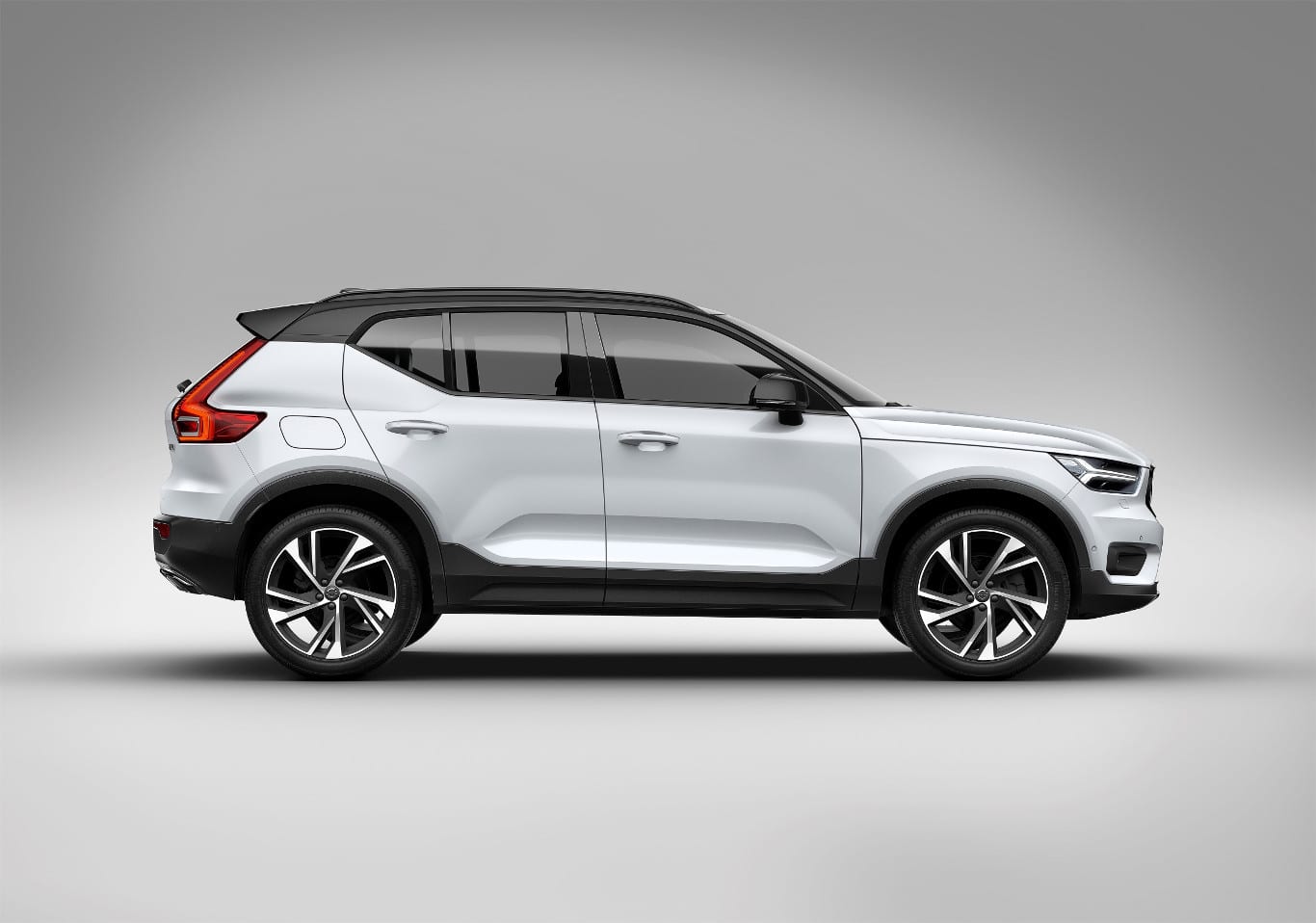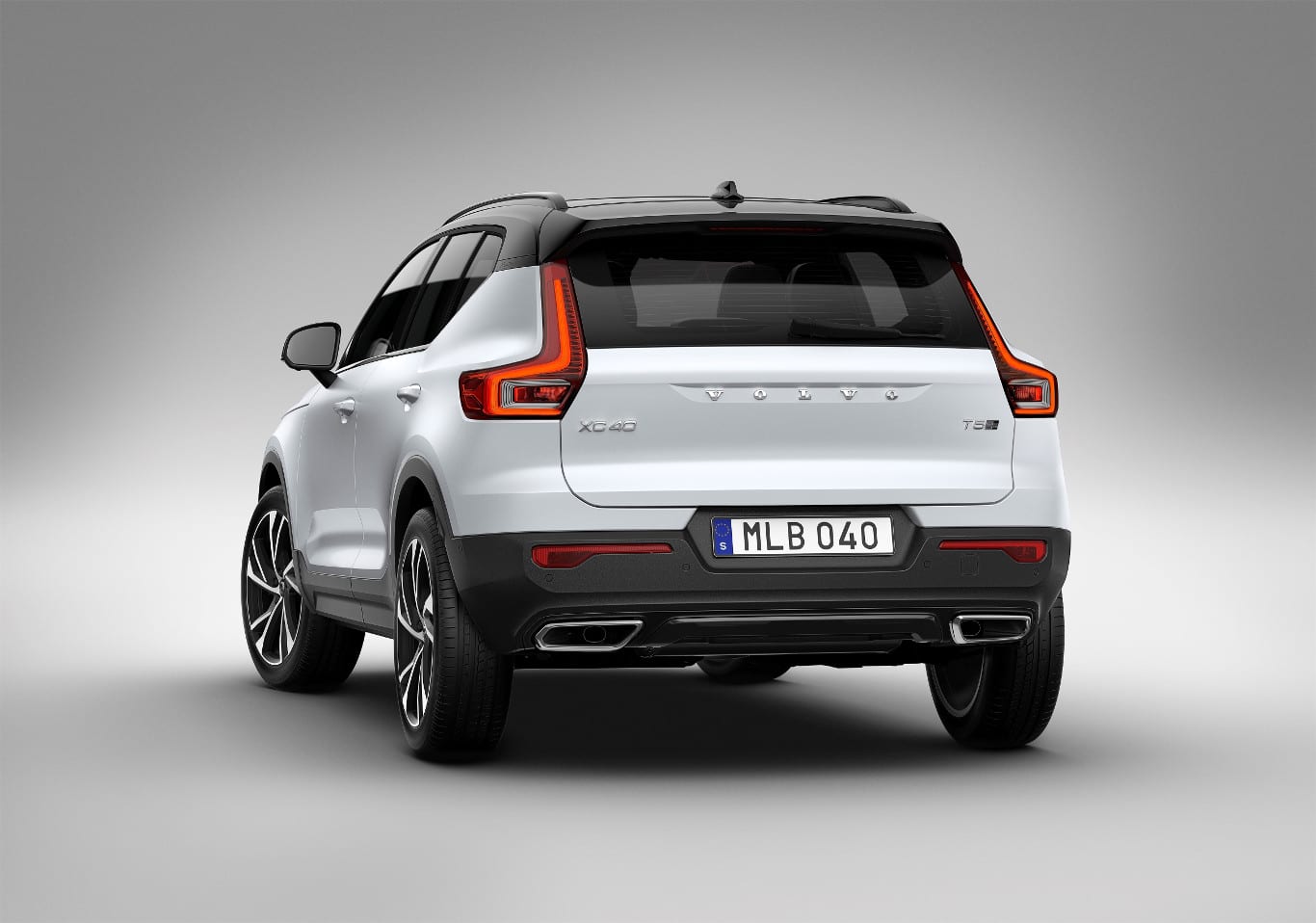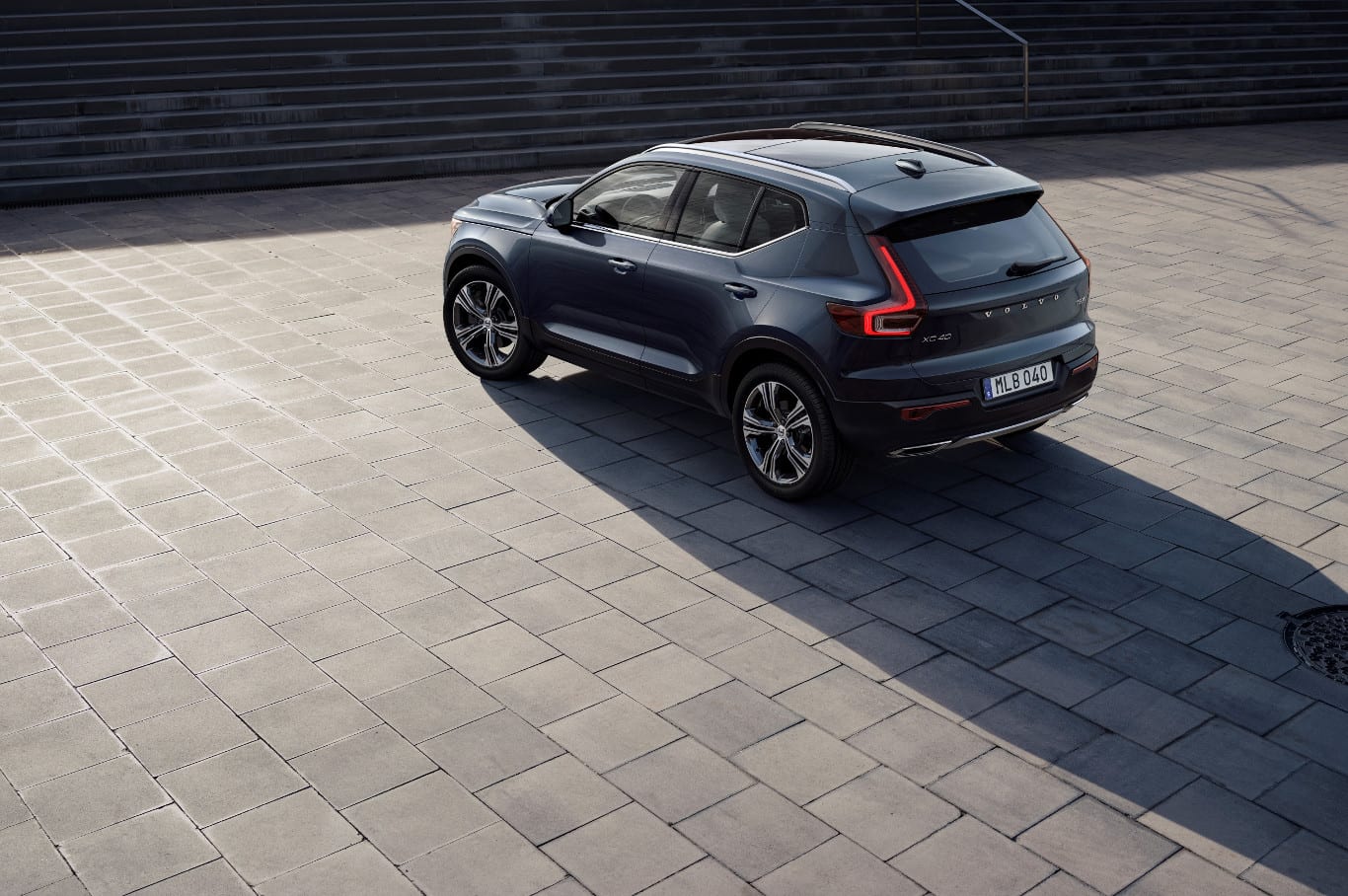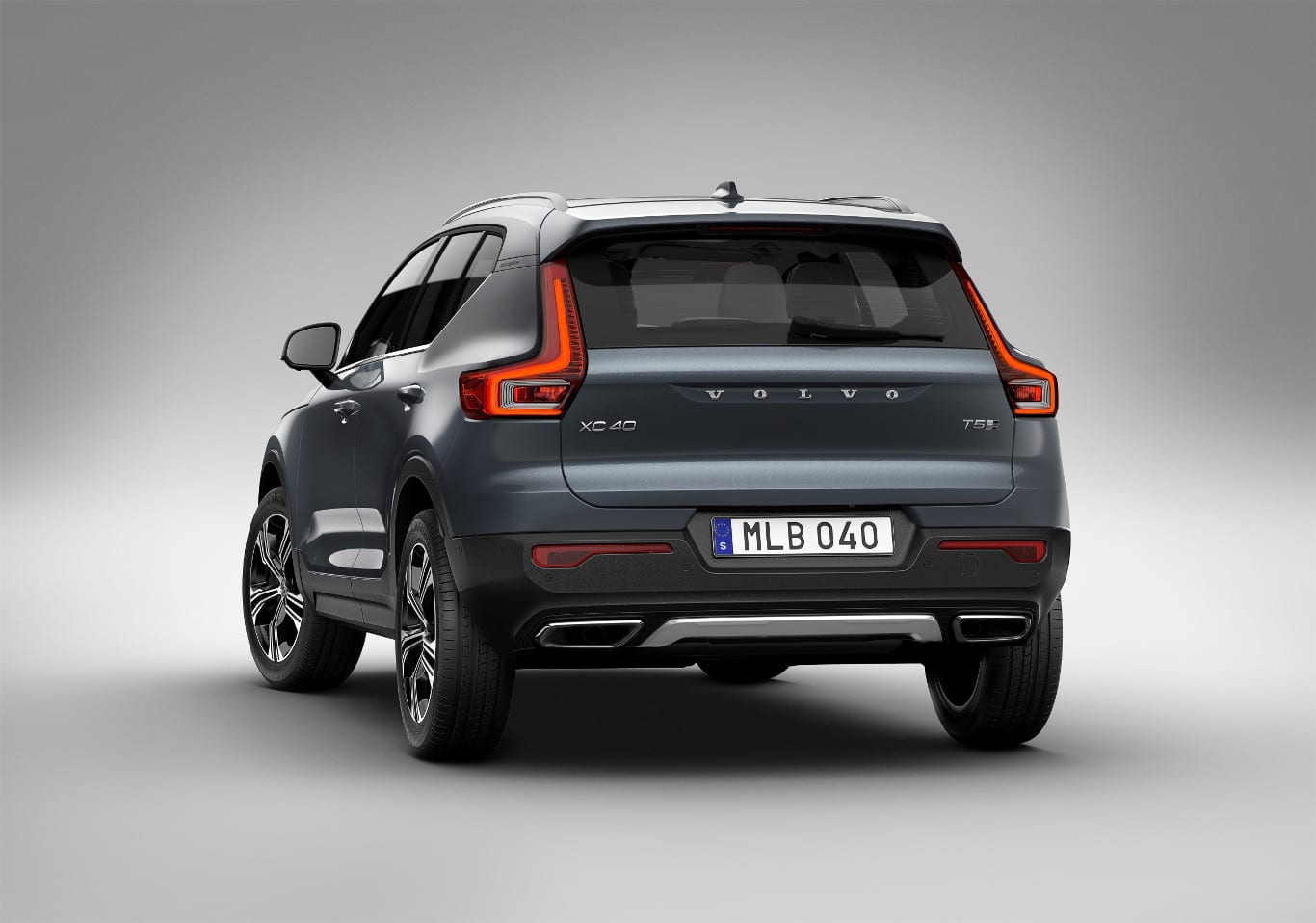Volvo, which announced it will eventually stop releasing conventional gas-powered cars in favour of hybrid and electric ones will finally offer an electric model, and it will be the XC40 crossover SUV. The Volvo XC40 is a compact crossover released in September 2017 and sports Volvo’s new Compact Modular Architecture (CMA) platform.
The upcoming electric Volvo XC40 will be a 2019, should offer a driving range of 250 miles per charge, and cost between $35,000 and $40,000, putting it’s range right up there with the best in its price range — the Chevy Bolt and Tesla Model 3. It’s worth noting that the current XC40 is a luxury car, and that a $35,000-$40,000 price tag would be a hell of an achievement for an electric luxury car.
Images obtained with thanks from Volvo.
Volvo’s design chief Thomas Ingenlath told Autocar in an interview:
“You could say that is different to a lot of the mass-production brands. But I have a hard time to understand how their plan will work in the long run. Electrification is the future of the automotive industry, so how do you handle that as soon as you come to the majority of electric cars? How do you handle it in your portfolio? I think it’s much more natural to say it’s a powertrain variant that over time will take up the majority of the sold vehicles.”
The electric Volvo XC40 will be powered by lithium-ion batteries, which I seldom mention these days because it is almost always the case for electric cars. Lithium-ion batteries easily outperform all other mass-market battery technologies with gravimetric energy densities (energy-to-weight ratio) exceeding 95 Wh/kg, and high density models exceed 240 Wh/kg, such as the Panasonic NCR18650B.
Older nickel-metal hydride (Ni-MH) and lead-acid battery technologies used to be more common, and typically achieve 30-40 Wh/kg and 30-60 Wh/kg respectively. The gravimetric power density (power-to-weight ratio) of lithium-ion batteries also exceeds that of Ni-MH and lead-acid batteries significantly.

















